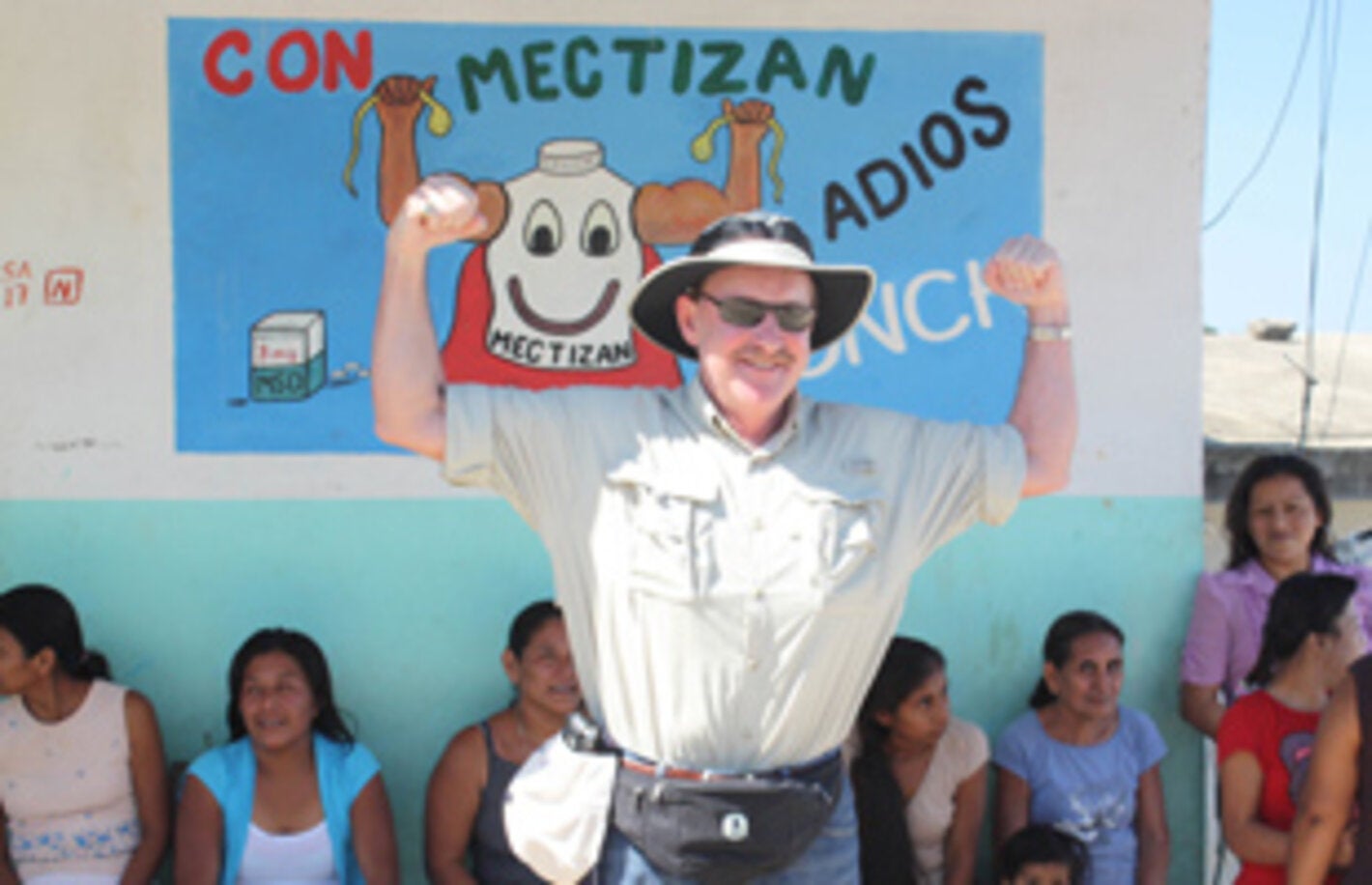
Decades-long mass treatment by ivermectin of affected populations accelerated interruption of transmission.
14 October 2015 | Geneva – Mexico has become the third country in the world to be declared free of onchocerciasis, a parasitic disease that mainly affects poor people in rural areas. The announcement came days before the 2015 Nobel Prize for Physiology or Medicine was awarded to two researchers for their discovery of ivermectin, the mainstay of treatment for onchocerciasis (also known as river blindness).
WHO recommends a strategy of mass treatment with ivermectin (an unlimited supply of which is donated as Mectizan by Merck & Co., Inc.) for the elimination of onchocerciasis. Large-scale treatment of affected populations in endemic areas has successfully interrupted transmission and eliminated the disease in Colombia (in 2013) and Ecuador (in 2014). In 1988, donated ivermectin became available and an awareness campaign was launched by the Onchocerciasis Elimination Programme for the Americas (OEPA) in 1992 with the goal of reaching more than 80% coverage of affected populations.
Robust commitment and a strong national elimination program has enabled the Government of Mexico to achieve this goal. After years of successful interruption of transmission in endemic foci and three years of post-treatment surveillance, Mexico filed a request to verify the nationwide elimination of onchocerciasis in 2014. An International Verification Team confirmed elimination in June 2015, and WHO officially acknowledged Mexico as free of the disease in July 2015.
Guatemala, another country where river blindness was endemic in specific foci, has filed its request to WHO for verification of elimination.
Since 1993, The Carter Center’s Onchocerciasis Elimination Program for the Americas, the Pan American Health Organization and the United States Centers for Disease Control and Prevention have provided technical assistance and led the campaign against onchocerciasis in the Region of the Americas. It is estimated that at the turn of this century, more than 600 000 people in the Region of the Americas were at risk of onchocerciasis in 13 foci in the Bolivarian Republic of Venezuela, Brazil, Colombia, Ecuador, Guatemala, and Mexico.
The only foci in Latin America where transmission is ongoing is among the indigenous Yanomami people who live in the Amazon rainforest bordering the Bolivarian Republic of Venezuela and Brazil. In May 2014, the two countries signed an agreement to enhance interventions along their shared border.
The disease
Human onchocerciasis (river blindness), a parasitic disease caused by the filarial worm Onchocerca volvulus, is transmitted by the bites of infective black flies (Simulium spp.) that breed in fast-flowing rivers and streams, mostly in remote villages located near fertile land where people rely on agriculture.
There is no vaccine or medication to prevent infection with O. volvulus.
Symptoms are caused by microfilariae that circulate in human subcutaneous tissue and induce intense inflammatory responses especially when they die. They include severe itching and various skin lesions. In most cases, nodules develop under the skin. Some infected people develop eye lesions which can lead to visual impairment and permanent blindness.
More than 99% of infected people live in 31 African countries; the disease also exists in some foci in Latin America and Yemen.



